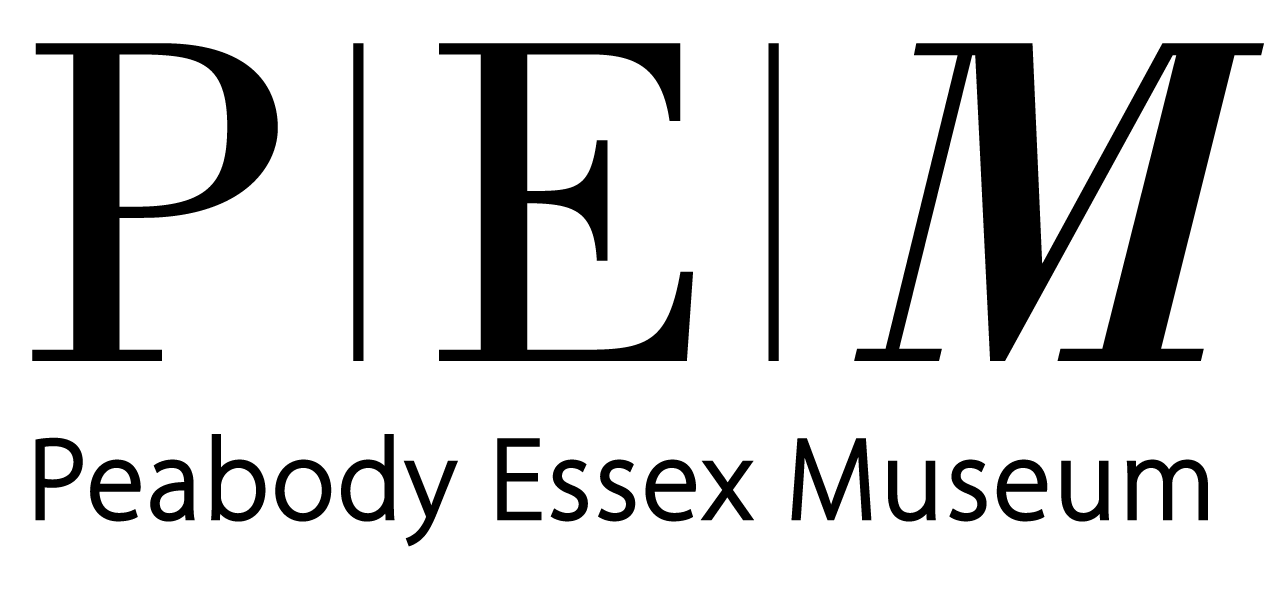In Seattle, communities are working to break the cycle of incarceration utilizing a promising new restorative justice program based on Indigenous peace-making circles. Through beautifully crafted animation, the film follows “Andy,” a teenager facing felony charges, and his family as they work through the program shepherded by Saroeum, a former gang leader from Revere, Massachusetts. As they look at the status of the broken justice system—prosecutors, judges, and those running the program ask: how much is our society willing to invest to truly change the trajectory of our communities for the better?
A ONCE AND FUTURE PEACE can be streamed from anywhere in the United States during the virtual portion of Salem Film Fest which runs through Sunday, April 3.
Eric Metzgar directed LIFE. SUPPORT. MUSIC., which won the Audience Award at SFF 2009 and edited ALMOST SUNRISE (SFF 2017) and GIVE UP TOMORROW, which won the Editing Award at SFF 2012. SFF Program Director Jeff Schmidt caught up Eric Metzgar to speak about his film.
A ONCE AND FUTURE PEACE Director Eric Metzgar
Jeff Schmidt: You have screened with SFF a number of times and worked in a variety of production roles having previously directed and edited LIFE. SUPPORT. MUSIC. and edited both GIVE UP TOMORROW and ALMOST SUNRISE. Can you talk about your roles in those films and the difference between serving as a director on a film vs. serving as the editor?
Eric Metzgar: I don’t really think in terms of roles on a film. Whether or not I directed the film, as an editor I just react to the footage in front of me. Ideas come to me and I try to realize them. The actual cutting of scenes is, of course, a major part of the process, but I’ve found over the years that more and more of the work of storytelling happens in my mind when I’m away from the computer. That is, when you look at the footage, you sort of memorize what you've got to work with, and then the brain starts working in the background to try to organize those elements into a cohesive story. So you have ideas, you implement them and then you see what you’ve got. Then the brain goes to work again trying to organize the chaos into cohesion. Rinse and repeat for months and months and hopefully at the end of the process you’ve got something powerful and impactful and worthy to add to the world.
A ONCE AND FUTURE PEACE
JS: A significant amount of the A ONCE AND FUTURE PEACE uses animation to help tell the story. Did you plan on using animation from the start or was that something you decided upon once production was already underway?
EM: No, we didn’t plan on it initially. But we soon ran into the realities that: 1) Peacemaking circles are confidential and 2) we needed to protect the identities of the youth so that their crimes wouldn’t forever be associated with them. So we decided to record only the audio of their stories, and then animate them later.
JS: What do you feel are the benefits in using animation in storytelling?
EM: I think the sky's the limit in terms of animation in storytelling. I think we’re only beginning to scratch the surface of what is possible. In another life (one in which I have actual talent as an animator!), I would love to make only animated films. They can express so much in so many ways. It’s thrilling to imagine what can be expressed.
A ONCE AND FUTURE PEACE
JS: What do you feel are the limitations in using animation in storytelling?
EM: Well, it’s a different mode of relation. Animation can express so much, but there is nothing quite the same as relating to a human being in a film. Or so I think. I don’t know. In Toy Story 3, when the characters were heading towards that incinerator, I was crying like it was happening to flesh and blood people I’d known my whole life. So perhaps our brains don’t need to see real humans to make the deepest of connections to them. So in that regard, perhaps there are no limitations to animation. Ah, I know one big limitation ― cost. It’s so damn expensive and time-consuming. Fortunately, our brilliant animator Reza Riahi understood our limits, and made it work nonetheless, by the sheer abundance of his passion, patience and talent.
JS: Do you have any advice for filmmakers that are considering animation in their documentary projects?
EM: Honestly, most documentaries don’t have the budgets for animation. Or the time. To deal with these issues, we opted for very simple animation. But I don’t want to discourage anyone. Anything is possible in filmmaking if you put your mind to it. Sounds cheesy and cliché, but I found it’s absolutely true. I imagine that in the near future, animation will become more affordable and accessible to all, like cameras and editing programs. So we’ll see…
A ONCE AND FUTURE PEACE streams at Salem Film Fest through Sunday, April 3. Purchase tickets to the film here.





